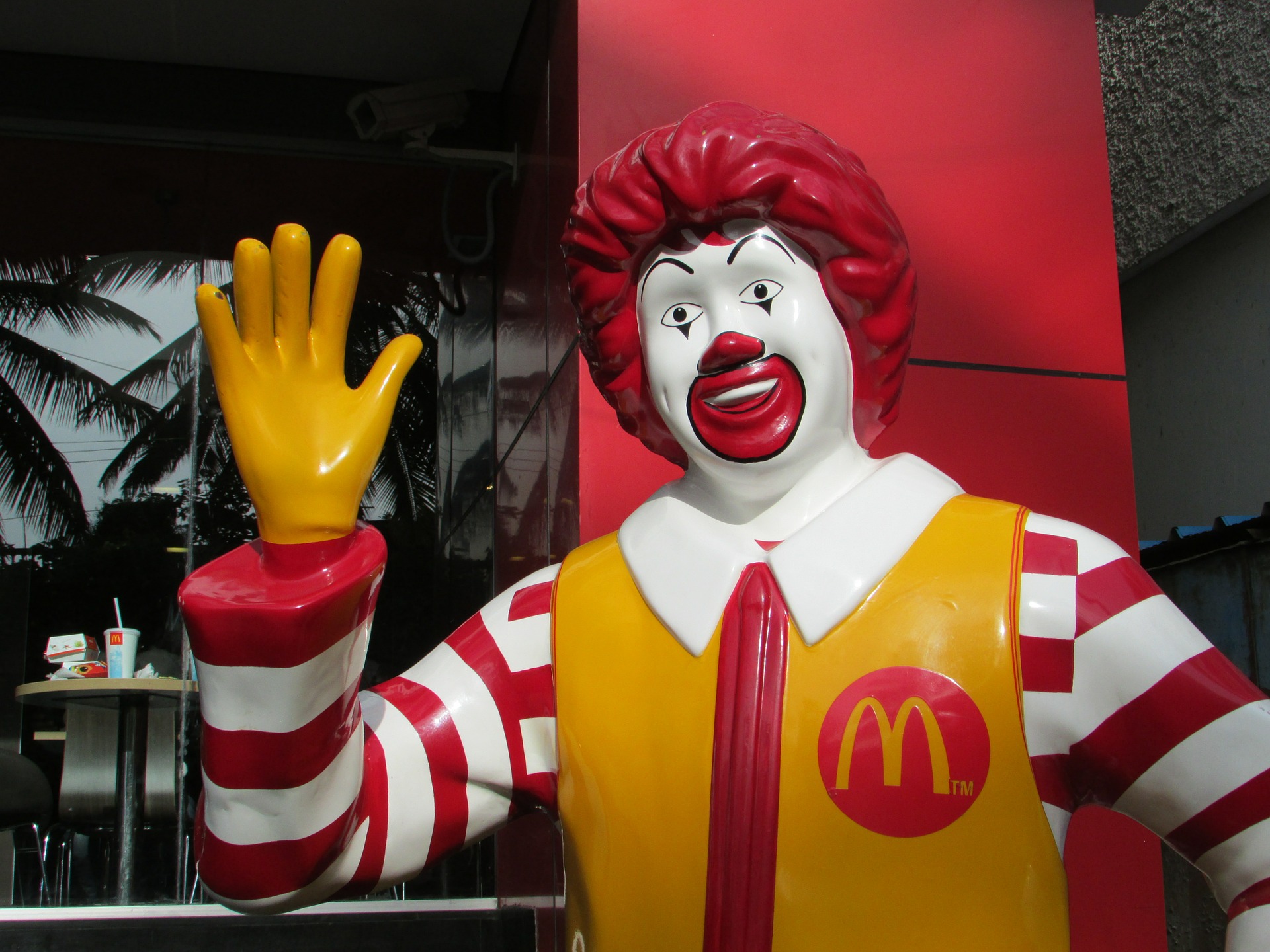If you’re a buy-and-hold investor looking for great, steady dividend players, chances are you’re leaving money on the table. A lot. At least enough to double your dividend or more.
How? By using of one of the safest, lowest-risk options trades out there — covered call writing.
When you write a covered call, you’re essentially agreeing in advance to sell your shares at a certain price at a certain date, known as the strike date of the option.
If that date passes and shares don’t hit that price you keep your shares and the premium.
Used conservatively, this strategy can easily more than double your return on a dividend stock. And as the options are “covered” by the shares you own, there’s no possibility of doing anything that might blow up your trading portfolio.
Let’s dive a little more deeply into how to best select covered calls when you own a dividend-paying stock but still want to keep it.
Every stock is different and moves in different ways. An investor with a dividend-focused portfolio is typically looking at lower-volatility stocks but also ones that pay out a steady cash dividend over time.
When selecting a covered call wait until a stock has had a solid move higher and looks set to take a pause for a while before the next leg up.
The process at work
Using McDonald’s (MCD) as an example, shares of the company have rebounded nicely from their March lows, yet have had a tough time staying over $200 per share. Currently, shares yield 2.5%, paying out $5 per year or $1.25 quarterly.
A buy-and-hold investor might recognize that the company’s long history of dividend growth will take shares higher over time. However, short-term headwinds from lost sales may keep shares from heading higher quickly.
Rather than bemoan the situation, the McDonald’s investor can look to the options market to make more money from the trade.
Looking at prices in late July near $200, let’s say the trader selects the October 2020 $210 call. The ticker symbol is MCD201016C00210000.
That simply means the option is for MCD, the 201016 shows the year, month, and day of the month it expires. The C shows it’s a call option and 00210000 shows the strike price.
At a price of $200 a further gain of $10 is a 5% move higher. That’s not impossible for McDonald’s in the span of two-and-a-half months, but it seems unlikely right now.
Even better, the call option, which we sold, is in the 90-day window where time decay is at its worst. Time decay is the value the option that declines each day due to the passage of time. It declines at a faster rate the closer to expiration. Studies show the rate tends to hit its biggest acceleration within 90 days.
Finally, we get to the juicy part of the trade: The price. This option last traded for about $3.10. If you sold to open, this trade immediately put $310 in your brokerage account for every call you sold. If you only own 100 shares of McDonald’s and made this trade, that’s still an extra $310 in cash just from owning the position.
When the option expires, one of two things can happen. If shares are over $210 they get “called away.” It doesn’t matter if the price is $210.01 or $300. If shares are under $210, you keep the shares. Either way, you keep that $310 per contract that you sold.
Looking at the backdrop of McDonald’s annual dividend of $5 per share, the ability to make an extra $3 per share in under three months shows the power of using covered calls to at least double your dividend each year, if not more.


